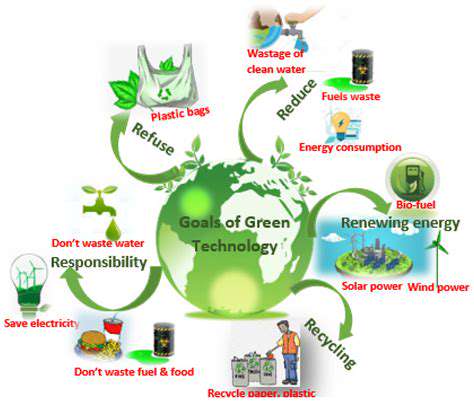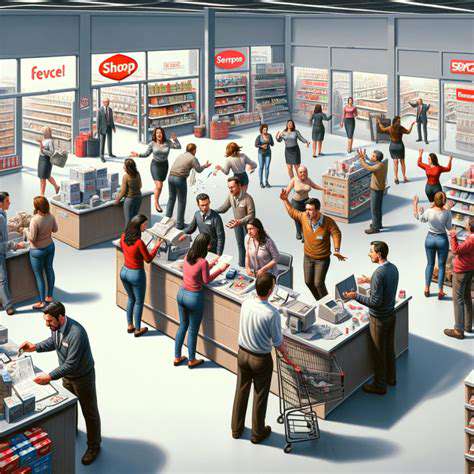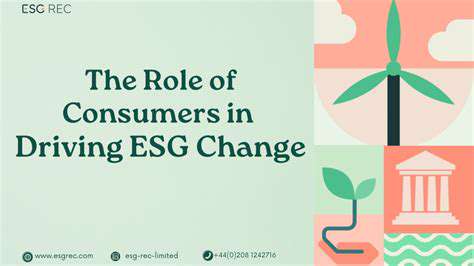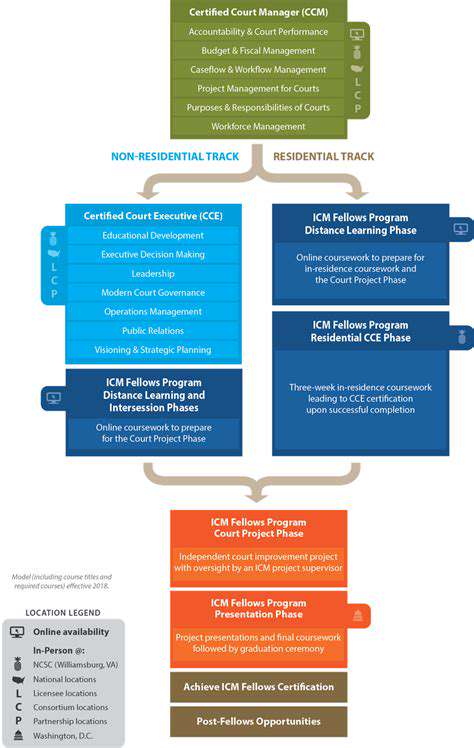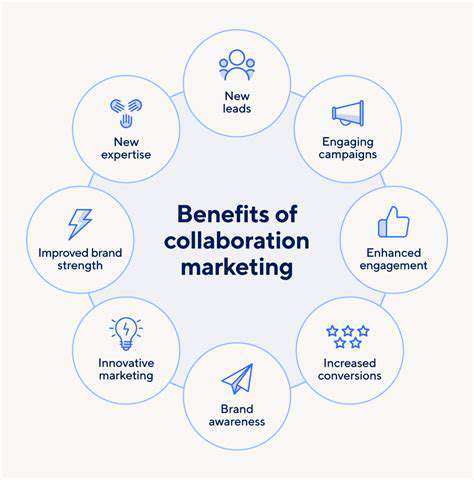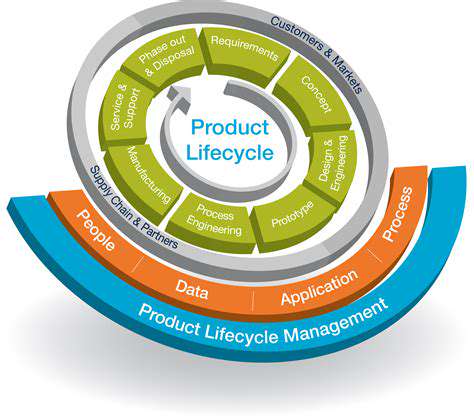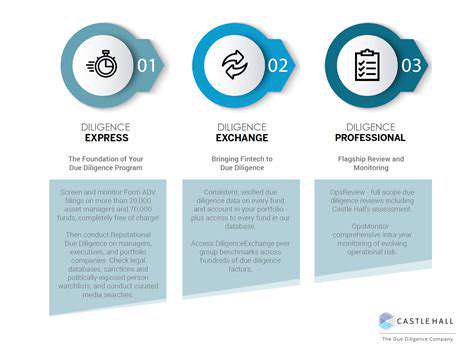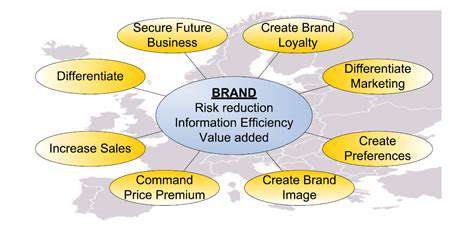Denim Dreams: How Recycled Jeans are Changing the Game
From Discard to Design: The Recycling Process
From Landfill to Fabric: The Initial Sorting Process
Every pair of discarded jeans embarks on a transformative journey, starting with a meticulous sorting process. This critical first step separates valuable denim from contaminants through a combination of specialized machinery and human expertise. Workers carefully examine each piece, isolating cotton, elastane, and other fibers to ensure only high-quality material progresses. Metal zippers, plastic buttons, and thread remnants get removed to prevent contamination of the recycled output.
Grinding and Shredding: Transforming Denim into a Raw Material
The sorted denim undergoes dramatic physical changes as industrial grinders reduce it to fibrous particles. This mechanical breakdown creates a uniform material ready for subsequent processing stages. The resulting fiber mixture forms the foundation for new textile products, demonstrating how waste can become valuable raw material.
Cleaning and Refining: Removing Impurities and Enhancing Quality
Advanced washing systems then purify the shredded fibers, eliminating residual dyes, dirt, and microscopic contaminants. This intensive cleaning process ensures the recycled material meets quality benchmarks for strength and purity. Multiple filtration stages guarantee the fibers emerge pristine, ready for reintegration into the manufacturing stream.
Reprocessing and Restructuring: Preparing the Recycled Denim for Manufacturing
Technicians blend the cleaned fibers to create consistent batches with optimal characteristics. This standardization process allows for predictable performance in subsequent production steps. The material now resembles conventional textile feedstock, proving that recycled content can match virgin materials in processability.
Spinning Yarn and Weaving Fabric: Breathing New Life into Old Denim
Textile mills transform the reprocessed fibers into yarn, often combining them with virgin cotton for enhanced durability. Modern spinning technology ensures the recycled fibers integrate seamlessly into high-quality threads. These yarns then feed into weaving looms, emerging as fresh denim fabric ready for cutting and sewing into new products.
Quality Control and Product Design: Ensuring Sustainability and Innovation
Rigorous testing protocols verify tensile strength, colorfastness, and other critical parameters throughout production. This attention to quality demonstrates that sustainability doesn't require compromising performance. Designers leverage the unique characteristics of recycled denim to create distinctive textures and finishes, proving eco-conscious fashion can be both responsible and stylish.
The Environmental Benefits: A Greener Fashion Choice
Sustainable Sourcing and Manufacturing
The environmental advantages of recycled denim begin at the raw material stage. Sustainable practices in textile recovery dramatically reduce the need for water-intensive cotton cultivation. By diverting post-consumer waste from landfills, the process creates a closed-loop system that minimizes resource extraction. Manufacturers employing these methods often implement water recycling systems and renewable energy sources, further reducing ecological impact.
Reduced Water Consumption and Pollution
Traditional denim production consumes approximately 2,000 gallons of water per pair, while recycled versions require significantly less. The dyeing process for recycled fibers uses up to 80% fewer chemicals, protecting aquatic ecosystems from toxic runoff. This dramatic reduction in water pollution helps preserve biodiversity in manufacturing regions, as confirmed by recent environmental impact studies.
Minimized Carbon Footprint
Lifecycle analyses reveal that recycled denim production generates 45-60% fewer greenhouse gases than conventional methods. The reduced need for agricultural inputs and long-distance cotton transport accounts for most of these savings. As more brands adopt recycled content, the cumulative effect on global carbon emissions becomes increasingly significant.
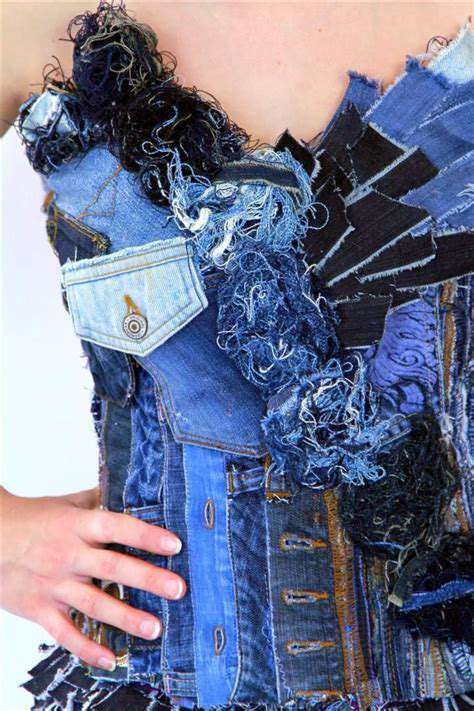
The Future is Circular: Encouraging a Sustainable Cycle
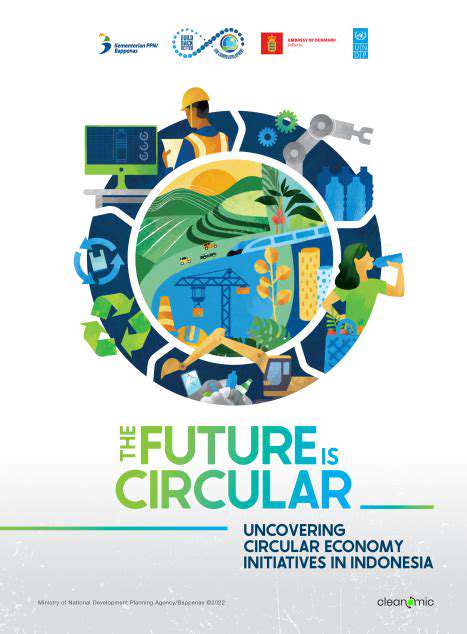
Circular Economy Principles in Action
Forward-thinking companies are reimagining denim production through circular economy frameworks. These models prioritize material recovery and reuse, creating self-sustaining production cycles. Industry leaders now design garments with end-of-life recyclability in mind, ensuring components can be easily separated and reprocessed.
Designing for Disassembly and Reuse
Innovative construction techniques allow complete garment recycling without quality degradation. Modular designs using standardized fasteners and mono-material components simplify the recycling process. Some manufacturers now offer take-back programs that guarantee old jeans reenter the production stream rather than landfills.
The Role of Technology in Circularity
Breakthroughs in textile recycling technology continue to improve efficiency and output quality. Advanced fiber-to-fiber recycling systems can now recover nearly 100% of input materials. Digital tracking systems ensure material traceability throughout the product lifecycle, enabling better recycling outcomes.
Sustainable Consumption and Production
Consumer education initiatives highlight the environmental benefits of choosing recycled denim. Transparency programs allow shoppers to verify the recycled content and environmental impact of their purchases. This growing awareness drives demand for sustainable options, encouraging broader industry adoption.
Collaboration and Policy Support
Cross-industry partnerships accelerate the development of recycling infrastructure. Government incentives for textile recycling facilities help scale sustainable solutions. Regulatory frameworks now mandate increasing percentages of recycled content in apparel, ensuring continuous market demand.
Economic Opportunities in a Circular Economy
The recycled denim sector creates employment in collection, sorting, and advanced manufacturing. Market analysts project 200% growth in the recycled textiles sector by 2030. Early adopters gain competitive advantage through cost savings and brand differentiation in an increasingly eco-conscious marketplace.

